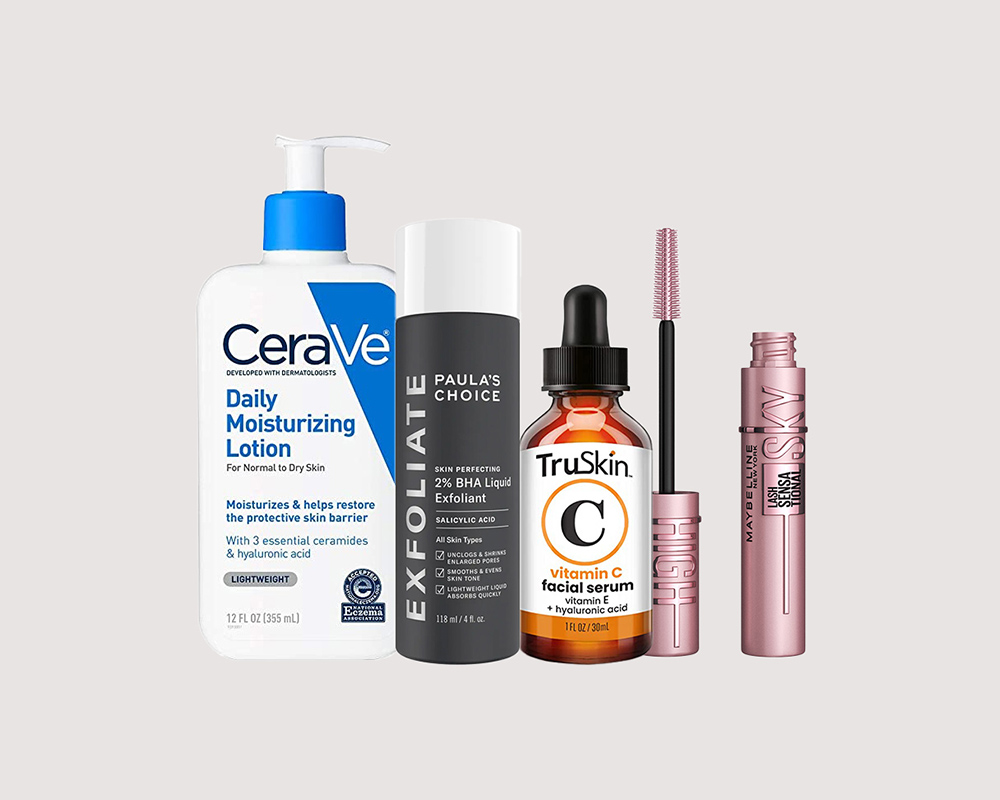Skin cancers are generally understood to have high survival rates, especially when caught early. Even melanoma, often called the “most serious skin cancer” for its ability to spread, typically has a 99% five-year survival rate if caught early. When the condition has spread to the nearby lymph nodes, that rate drops to an overall 66%, according to the American Academy of Dermatology.
But that isn’t the case for everyone diagnosed with melanoma.
Research released today by the Journal of the American Academy of Dermatology indicates that black men have a significantly lower chance of survival than white men. The study was focused on men with melanoma, who have been shown to have a higher risk of dying of from melanoma than women overall.
When examining the survival rates by race, black men are shown to have roughly a 52% five-year survival rate. White men in the study had a 75% five-year survival rate. Asian, Hispanic, and American Indian/Alaska Native men’s 5-year survival rates were between 66% and 69%.
Late-Detection Is a Big Factor
According to New York dermatologist and spokesperson for The Skin Cancer Foundation, Ariel Ostad, MD, one potential reason for the disparity is the kinds of melanoma darker skinned people tend to be diagnosed with as well as where those cancers are found on the body. “When a person of color gets skin cancer, it’s often found on the soles of the feet and the mucous membranes, which are rarely or never exposed to the sun,” Dr. Ostad explains. “Acral lentiginous melanoma (ALM), a very severe form of the disease, is more common among darker-skinned people.”
These aren’t areas that are commonly exposed to the sun, making them harder to notice.
“These melanomas tend to appear on parts of the body not often exposed to the sun, and often remain undetected until after the cancer has spread,” Dr. Ostad says. “ALM commonly appears as a black or brown discoloration. It is found on parts of the body not often exposed to the sun, like under the nails, on the soles of the feet and the palms of hands.”
In this study, by the time their cancers were detected, nearly half of the black patients had advanced-stage melanoma. White patients in the same study typically had their melanomas detected earlier, with a fifth of them being found in an advanced stage.
National statistics back this up, as white adults are shown to develop melanomas much more frequently and generally earlier, where survival rates are a lot higher. Black patients, when diagnosed, are more likely to have had their melanoma advanced to a late stage, where the disease becomes a lot harder to survive.
Improving Odds
Seeing a dermatologist regularly and becoming familiar with the early signs of skin cancer is crucial to maintaining your skin health. It’s also a good idea to make sure your dermatologist is experienced with your skin tone, as research suggests there is generally insufficient training given for spotting cancers on non-white skin.
And of course, you can maximize your safety by being sun smart. The overwhelming majority of skin cancers are caused by sun exposure.
Plymouth, MA dermatologist and spokesperson for The Skin Cancer Foundation, Ramzi Saad, MD notes that keeping yourself safe from UV light is similarly more of a marathon than a sprint. “No single sun-protection method can protect you perfectly, which is why The Skin Cancer Foundation recommends a multi-pronged sun protection strategy,” Dr. Saadd explains. “Clothing is the first line of defense against the sun, providing consistent protection that doesn’t wear off over time or shift depending on the time of day. Don’t forget a hat and UV-blocking sunglasses!”

















